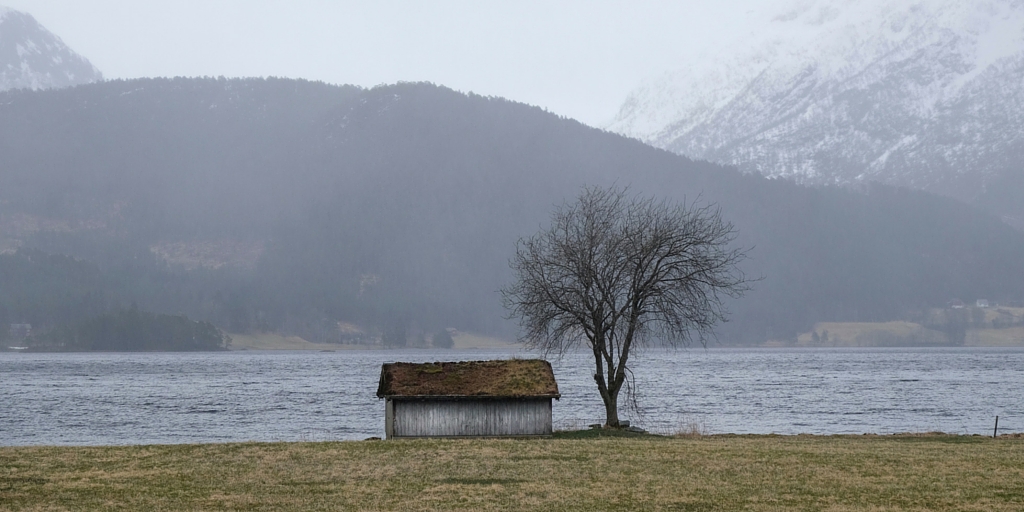The spiritual practice of retreat is one of the most powerful tools we can implement to increase our faith and draw us closer to God, to each other and to our responsibility for God’s world. The Bible is full of examples of people who periodically removed themselves from the world to draw closer to God in spiritual retreat. In fact, Jesus himself went into the desert for 40 days immediately after being baptized.
The Refocusing Spiritual Retreat
There are many types of retreats, but the one I find most valuable is a refocusing process that has powerfully transformed my life. Anything is possible, from solidifying an already strong faith to experiencing a major spiritual breakthrough. Anyone who truly seeks to be closer to God will not be disappointed and the results don’t just reshape our lives but help to shape our next retreat too.
Refocusing retreats are not highly structured or expensive. They can be done anywhere that you can find a quiet place to draw aside for a day, let go of the distractions of your busy life and focus on God. My husband Tom and I usually find an inexpensive motel. Occasionally we have taken more extended retreats, pilgrimages to holy sites like Iona Scotland or Assisi Italy.
Here are some of the guidelines I find helpful:
1. Choose a quiet place that offers comfort and the minimum of distractions but that makes it easy to break up your retreat time into short sessions with fun interludes between.
2. Schedule yourself loosely. This good advice from spiritual director, author and retreat leader Jan Johnson is a wonderful reminder that retreats are for renewal and refreshment. If we bring the same busy schedule we are addicted to at home into our experience we will get very little out of it. Retreats are like Sabbath, meant to renew our connection to God, revitalize our relationships to each other and restore our passion for the work God has called us to do.
3. Retreat with a friend or spouse. God speaks not just through scripture but also through those around us. My husband and I share our thoughts and ideas at the end of each session, often helping to shape the other person’s process with our questioning and insights. On one retreat, I read about the Trappist Monks who are successful “because they worked from a contemplative center fully present to God rather than to the business they are doing.” When I mentioned that to Tom he asked: “What does working from a contemplative center mean to you? What are the concrete outcomes you want to accomplish as a result of this approach?” His question became the pivotal point of my retreat time, helping me to evaluate the effectiveness of my contemplative practices and their role in stirring my imagination and guiding my path
4. Spend time in prayer and scripture reading. This can take many forms. I begin my retreat with a centering exercise like a breathing prayer. Tom starts with reading scripture and writing out a psalm in his journal. You may like to start with a familiar psalm or gospel portion, or choose to read through a book of the bible you have never read before. Do this in a reflective mode, using Lectio Divina to help you.
5. Keep a journal. I journal once a week asking myself:– What am I grateful for? What was your biggest struggle? Where have I paid attention to God in my life this week? I use this material as foundations for my retreat process. After my centering exercise, I read back through my weekly journals for the last 3 months then remind myself of last retreat’s commitments. I use coloured markers to highlight quotes, ideas and comments that stand out from my journaling, often rewriting quotes and prayers I have composed so that they become part of that continuing journey. I find this is a wonderful way to explore the threads of the journey God is weaving in my life.
6. Break up your retreat time into “sittings” (or sessions). Normally these should not be for more than an hour; stop while you’re still enjoying it. Consider these sessions “prayer periods”—times of more formal interaction with God. More good advice from Jan Johnson. You might like to develop a structure for each session or plan the day so that each session flows from the work of the previous one.
7. Between sessions, enjoy doing something that doesn’t require concentration such as taking a walk or hike. Jan Johnson suggests doing something that uses the right side of the brain – woodworking or stitchery; painting pictures or doodling; listen to orchestral music or Taize worship. Do not do anything that distracts you like checking email or surfing the internet. Even reading a novel or watching a video will change the train of thought God has had you on.
8. Use your retreat to create tangible goals for the next few months. I set goals for my spiritual life, personal well being, relationships, ministry, gardening and relaxation. I find that it is important for me to work towards a balanced, relaxed way of life that does not come easily in our high stressed world.
A Challenge
My challenge for today is: How will you plan a retreat day to renew your priorities and refocus your faith, and how could you encourage your congregation to do the same?
[Tweet ” Renew your priorities and refocus your faith”]
Discover V3 Church Planting Partnerships
Share this Post

